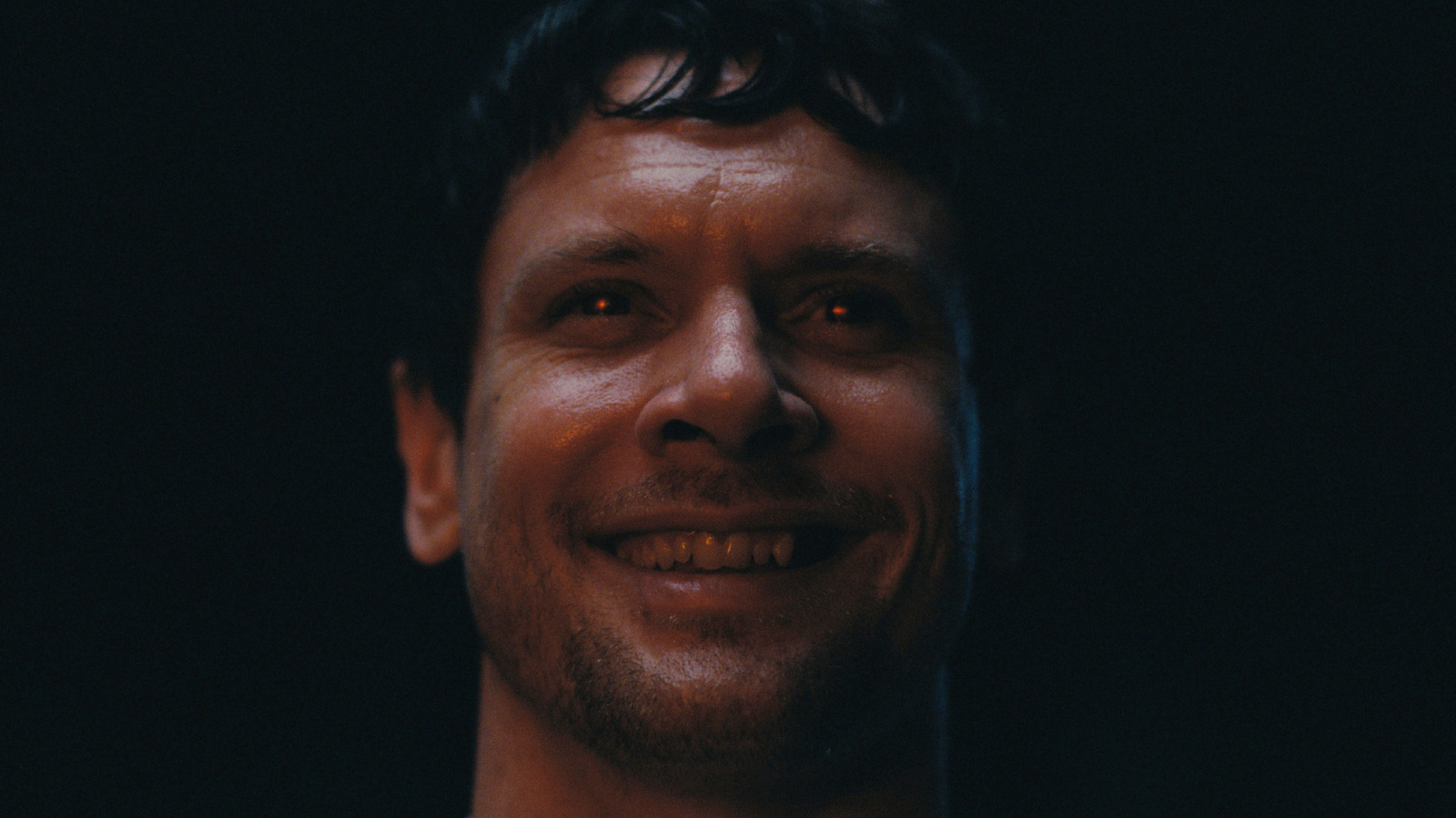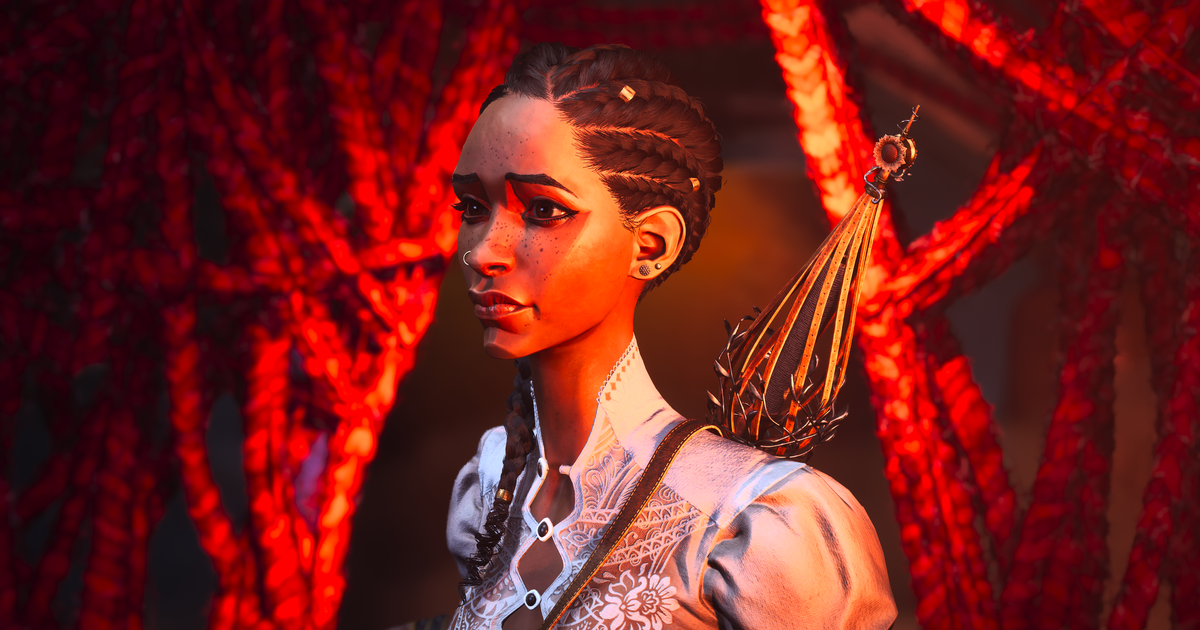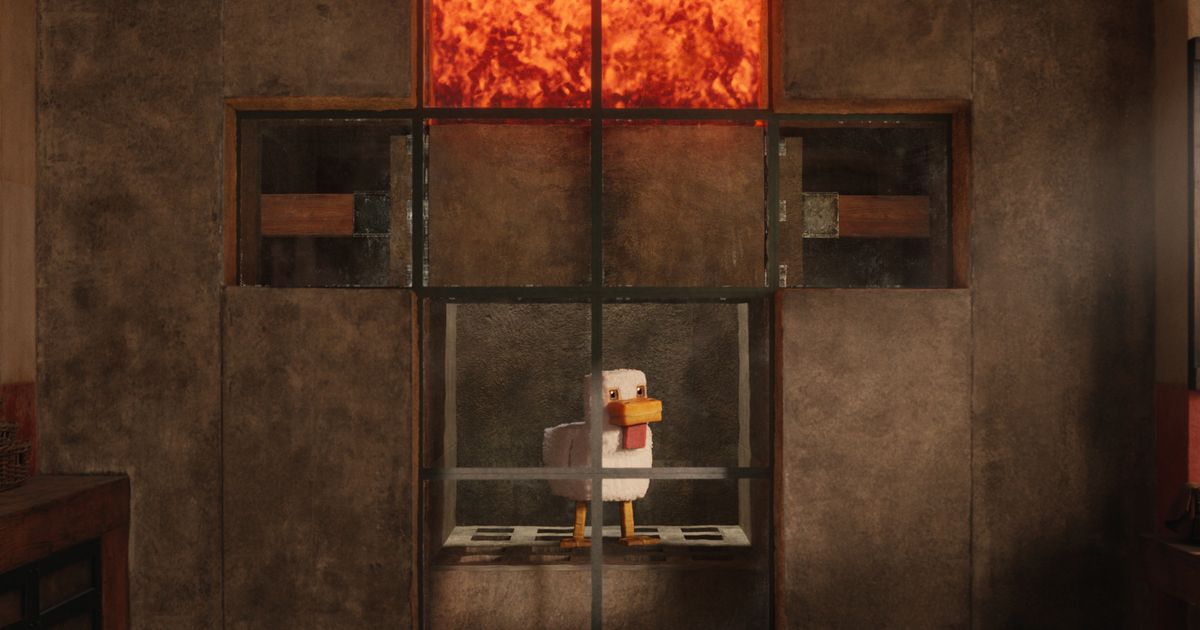The Evolution of True Crime Podcasts: A Complicated Relationship with Advertisers

For many enthusiasts of true crime, podcasts have emerged as a favored medium, offering a gripping exploration of real-life mysteries and criminal cases. This surge in popularity is reflected in the most-listened rankings, which prominently feature titles such as Morbid, Small Town Murder, and Bone Valley. However, the rise of this genre has not been without challenges for producers, platforms, and advertisers, which have faced their own set of unique plot twists.
In the early part of the decade, podcasts became a new battleground in the streaming wars, particularly following aggressive expansions by distribution platforms like Spotify. This strategy was aimed at transforming what was previously considered a niche market into a mainstream entertainment channel. However, following the initial surge brought on by the Covid-19 pandemic, the influx of new podcast material has sharply declined. Advertisers have become increasingly cautious, leading to significant financial repercussions for companies involved in the podcasting space. For instance, Spotify reported a staggering 40 million loss due to podcast asset write-offs and the termination of contracts in the second quarter of 2023.
As podcasts navigate these turbulent waters, they are entering a new phase, often referred to as their second season. The landscape is evolving as new players join the fray; in February, Fox made headlines with its acquisition of the right-wing podcast company Red Seat Ventures. Meanwhile, streaming giant Netflix is reportedly considering an entry into the audio market, a move that could further diversify the industry. The motivation behind this interest is clear: listener numbers continue to grow, with approximately 550 million individuals tuning in last year. Projections suggest that this figure could increase by another 100 million by 2027, according to marketing consultancy Backlinko.
However, the dynamics of the podcast industry have shifted from earlier days. Video content has provided a revitalizing boost to the traditional podcast format. By the end of last year, over 250 million users had engaged with video podcasts on Spotify. In the UK, audience data from Rajar indicates that 13 percent of listeners consume podcasts on a weekly basis, highlighting the mediums increasing integration into daily life.
Additionally, the infrastructure surrounding podcast monetization has advanced significantly. Platforms such as Patreon, Acast, and SubscribeStar are now facilitating income generation through various means including subscriptions, live events, and merchandise sales, allowing creators to diversify their revenue streams.
Despite these advancements, attracting advertising revenue remains a significant hurdle. Some podcasts, like the widely popular The Joe Rogan Experience, attract a specific, targeted demographic, which appeals to advertisers looking for precision in their marketing strategies. Conversely, other shows attract a more diverse audience, making it challenging for advertisers to create tailored messages. For example, ads on a UK true crime podcast may range from workflow software to online therapy services, demonstrating the genre's broad appeal.
Moreover, listeners may be less responsive to audio advertisements compared to other media forms. Unlike digital ads, which often include clickable links, podcast advertisements lack this interactivity, making it easier for consumers to become distracted. Data from Ofcom in the UK reveals that one-third of podcast listeners are engaged in household chores while tuning in, further complicating the situation for advertisers. This dynamic helps to explain why total advertising expenditure in the podcasting domain sits at around $5 billion, a figure that is only comparable to what Coca-Cola spends across all media.
The podcasting landscape is also characterized by low barriers to entry, which can dilute the market with a plethora of shows. The average cost for advertisers to reach 1,000 listeners (cost-per-mille, or CPM) typically ranges from $15 to $30 for pre-recorded ads lasting up to a minute. If these ads are read by the podcast host, the CPM can increase by an additional $10, according to Acast. While a few blockbuster shows, like those hosted by Rogan, command a significant portion of the advertising revenue, many smaller productions struggle to attract advertisers.
Since 2020, global production of podcasts has slowed dramatically, with last year yielding less than one-fifth of the peak number of new podcasts, which reached a staggering one million. While new content is essential for keeping audiences engaged, it's important to remember that not every show hinges on novelty. In fact, the UKs top 10 podcast list prominently features The Joe Rogan Experience alongside the time-honored The Archers, a staple of Radio 4 that continues to engage listeners without currently relying on advertisements.
For more insights and updates on the evolving world of podcasts, you can reach out to Louise Lucas at louise.lucas@ft.com.


























